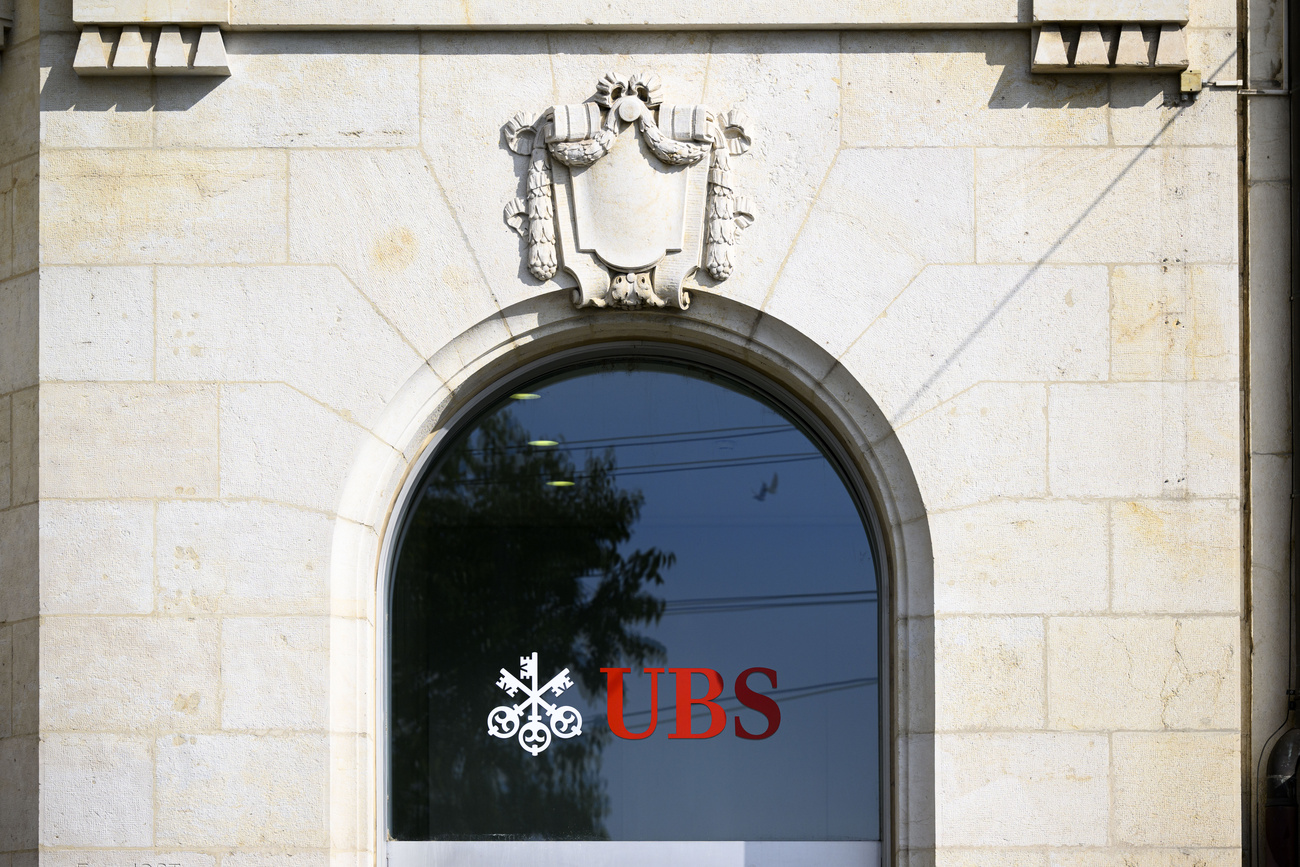
Participatory budgeting: how to prevent the destruction of a park
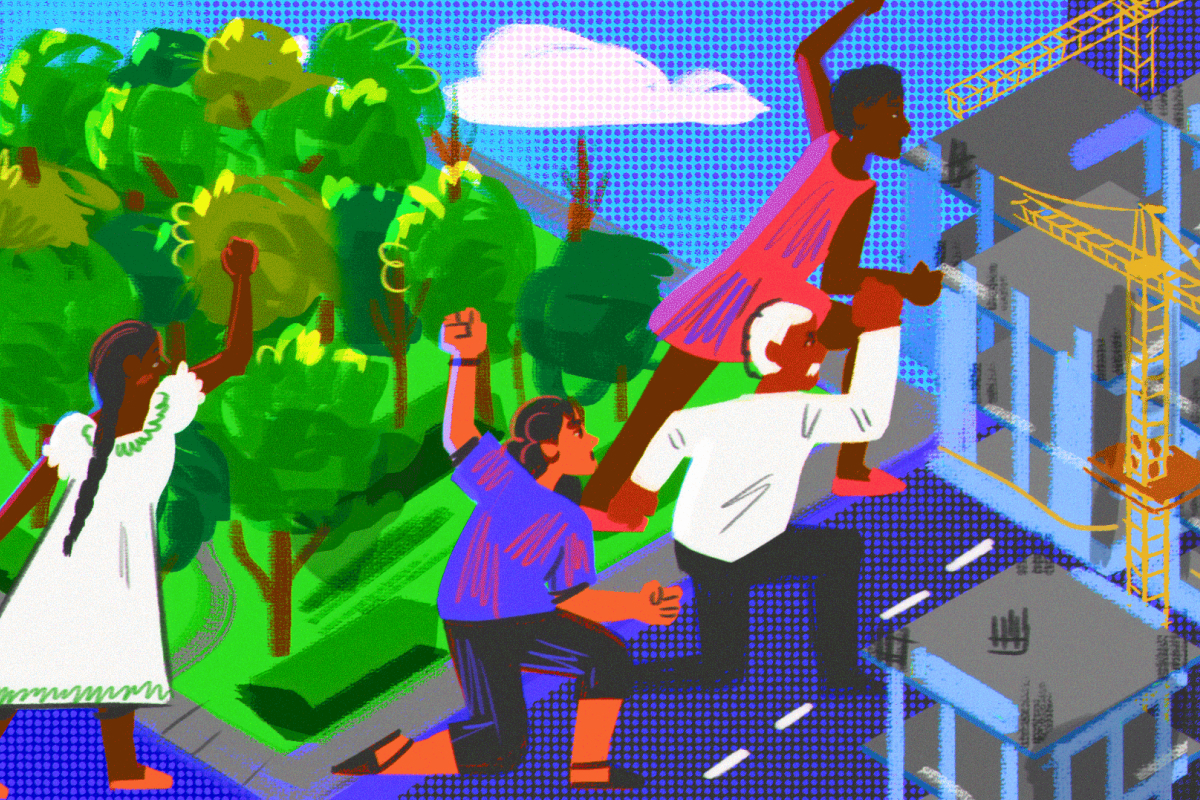
Residents of Mexico City’s Miguel Hidalgo borough made use public funds to help prevent a public park from falling into private hands.
It was midnight on September 23, 2013, and the residents of Reforma Social neighbourhood, in Mexico City’s Miguel Hidalgo borough, were for the most part resting in their homes.
Suddenly, dozens of vehicles pulled up and hordes of thugs armed with clubs, as well as members of the former Ministry of Public Security, clambered out and started to destroy everything in their path – cars, windows and even some businesses – while other men unloaded rammed earth from trucks. They wanted to block off and take over the three-hectare park that bears the same name as the neighbourhood, and which has been a green lung and much-loved recreation area in western Mexico City for decades.
Without a moment’s hesitation, the local residents rushed out of their homes and confronted the men who were trying to seize the park. They opposed them with whatever they had to hand: stones and even brooms, recalls one neighbour, 76-year-old Gustavo Sánchez.
“There were still people on the sports courts (in the park) – it was midnight – and still kids out playing. All of a sudden, they started running through the streets, knocking on doors and shouting ‘they’re destroying the park’,” Sánchez recounts.
“We all went out to defend our park with our fists if necessary (…); they were already fencing it off, with huge sheet metal frames. They’d brought everything already assembled, on trucks, everything (…). A very ugly fight broke out… Fortunately there were no deaths,” he recalls.
The fight to defend Reforma Social Park did not begin just that night. The residents had been on alert since 2010, after learning that somebody claimed to be the owner of the public park. However, it was in the night of September 23, 2013, that they swore to themselves that, no matter how long it took, they would defend their neighbourhood park with all their might.
They brought along a table and some chairs. For months, they kept watch day and night. They ate, slept, read and played… taking the time they needed to look after the park, to go around and check that everything was in order. And if anything happened, they knew they could count on all the residents to join them in defending the park at a moment’s notice.
Today, over a decade later, the community is making use of legal instruments and public funding to recover and defend their park, thanks to an instrument of direct democracy: the participatory budget of Mexico City.
Citizen participation
In Mexico, particularly in Mexico City, direct democracy and citizen participation have been gaining ground over the last decade, through annual exercises such as participatory budgeting. Since 2012, under this mechanism, the inhabitants of Mexico City can decide how they want to spend part of the budget received by the municipalities.

Bernardo Valle Monroy, an adviser at the Electoral Institute of Mexico City (known by its Spanish acronym, IECM), acknowledges that it has not been a perfect exercise; however, the Law on Citizen Participation has been improved over the years and the projects put forward by citizens have become more innovative.
“We have seen an increase in the number of projects presented, but above all I should like to highlight the progress made in the quality of the projects. People are becoming more and more familiar with the instrument and are choosing projects that really benefit the community – not just just building pavements and carrying out other projects of this kind, which are, in any case, the responsibility of the authorities,” Valle Monroy underscores.
Under participatory budgeting, the residents of the slightly more than 1,800 territorial units of Mexico City receive 4% of the total budget delivered annually to each of the 16 boroughs. This amounts to around 1,700 million Mexican pesos ($92 million), which are distributed in equal amounts according to the number of territorial units, neighbourhoods, districts and residential units in each borough.

The money never goes directly into the residents’ own hands, however; the municipal authorities carry out the expenditure based on requests by the residents. They set up Citizen Participation Commissions (Copacos) – elected every three years by the inhabitants of the neighbourhood – that have the task of following up on the implementation of the requests and checking that the money is being managed properly by the municipal governments.
“People are increasingly taking this instrument on board and I am pleased to say that many neighbourhoods and districts have been transformed thanks to these projects. They have helped change spaces that were vacant lots, full of rubbish and where crime was rife, into public places that families can use and where people go to relax in the evenings and at weekends,” adds Valle Monroy.
Some Copacos, commonly known as neighbourhood committees, have decided, for instance, to allocate the resources received to the purchase of solar heaters, leading to a 60% saving in gas costs. Other neighbourhoods have used the funds to plant street trees and green areas, while more yet have opted to resurface roads, or install more streetlighting or surveillance cameras. Most of these tasks fall within the responsibility of the municipalities, but the residents continue to propose them as the authorities do not live up to their obligations.
Other neighbourhood committees, meanwhile, have grasped the broader purpose of participatory budgeting – for instance, the residents of Reforma Social neighbourhood. Since 2019, they have used the funds to pay lawyers to defend and recover a public park where plans were afoot to build six blocks with 1,200 flats – without consulting the community beforehand.
The local resident Sánchez recalls how, in 2010, during an informative meeting in the neighbourhood, a pamphlet began to circulate announcing that the public park – where he and his neighbours had played as children, where their children had played and where their grandchildren now played – had an owner, and that the land had to be handed over as nothing could be done to stop it.
“It was then that our struggle began,” recalls Sánchez, who, together with other members of the community, founded a group called the Neighbourhood Assembly in Defence of Reforma Social Park.
“We discovered it was a fraud and began to hold marches, to appeal to the office of the president of the Republic (…). Years went by and we started to discover more and more anomalies. For nine long years, from 2010 to 2019, we continued to fight, facing setback after setback”, Sánchez recounts.
Throughout all those years, the residents maintained that the park was federal property and that those claiming ownership were seeking to commit fraud with the nation’s assets. Along the way, they learned a lot about the laws, documents and land use. They became full-time researchers and investigators.
The years passed and their will to continue fighting never waned, but they had no financial means to pay the lawyers advising them.
Although they took up collections, and some residents gave a little more money, the situation was looking grim.
They were at their wits’ end because the few authorities that agreed to meet and advise them just said that they would ‘do something’, but it all ended in talk and press conferences, with photos being taken with the residents in order to feign interest in their demands. But in the end, no authority agreed to counsel them, let alone allocate public resources to defend the park.
‘Governments should heed our demands’
In 2019, when they were about to throw in the towel because they could no longer pay for the services of private lawyers, they asked themselves: why don’t we use the participatory budget to defend our park?
“The authorities’ behaviour left a lot to be desired and we had to use the participatory budget to be able to get where we are today,” stresses Sánchez.
Another resident, Araceli Solorio, recalls that, despite all their research, they were not sufficiently well informed to appeal to the authorities effectively. “So we had to hop from one idea to the next until we found an option that could work, and that was the participatory budget.”
This was no simple task, however. It was easier for the municipal authorities – who have to approve the proposals – to greenlight projects to build pavements or put up streetlighting; but the residents did not give up and demanded that their proposal be accepted.
After many twists and turns, they succeeded: they registered their project, so that when voting day came round the residents could decide whether to support it or not.
Sánchez and Solorio – who are among the most active residents in the struggle – say that they did not even have to carry out an awareness campaign for the proposal, because all the residents agreed to rescue the park. Those who, for some reason, did not know what projects were going to be voted upon, did not hesitate to support the initiative as soon as they arrived at the voting booth and read that one of them concerned defence of the park.
Since 2019, the project to defend Reforma Social Park has been supported by the vast majority of local residents, who can proudly say they have succeeded because today, with the help of the lawyers paid with funds from the participatory budget, they have recovered two of the three hectares of the park. These have been recognised as federal property by the Institute of Administration and Appraisals of National Assets (Indaabin), thus precluding any further attempts by private individuals to take over the green area.
“With this we have proved that the citizens need to have a say, we need to decide, because we are the majority and we are the ones who pay taxes. Governments must understand that they should heed our demands, which are just and fair, because they benefit the whole community,” adds Gustavo.
The residents are overjoyed with their achievements and the recognition by the Electoral Institute of Mexico City, which in 2022 awarded them 20,000 pesos for the most innovative project in Miguel Hidalgo borough. These funds, they report, were used for pruning and watering of the park – a responsibility that the residents have also taken on, as the authorities do not do take care of the green area on a daily basis.

“Participatory budgeting is a window for citizens to decide for themselves and on their own, without any official or politician intervening. I think it is a good exercise for all citizens to decide, to think about what we really need, because in the end we are the ones who live in the community, not the officials,” says resident Solorio.
One hectare of the park still needs to be recovered, so the neighbours are already preparing to present their project for the vote on 7 May. This is when the allocation of the 2023–2024 participatory budget will be decided, which amounts to just over 3,500 million pesos overall.
This article is the product of a journalistic partnership between Animal Político and SWI swissinfo.ch, aimed at sharing viewpoints on the workings of democracy, the people who drive it, and direct democracy tools in Mexico and Switzerland, seen in a global context.


In compliance with the JTI standards
More: SWI swissinfo.ch certified by the Journalism Trust Initiative










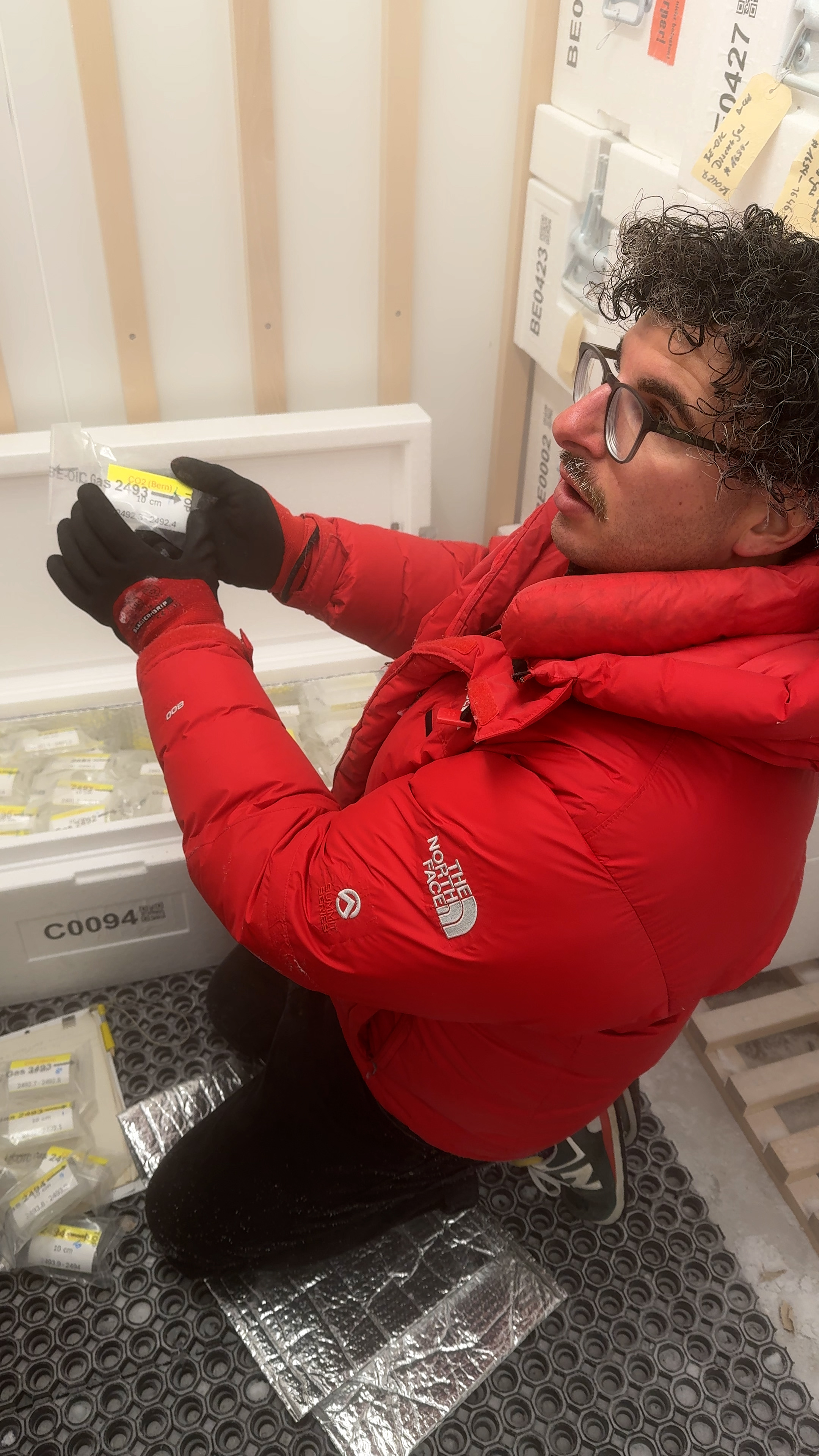










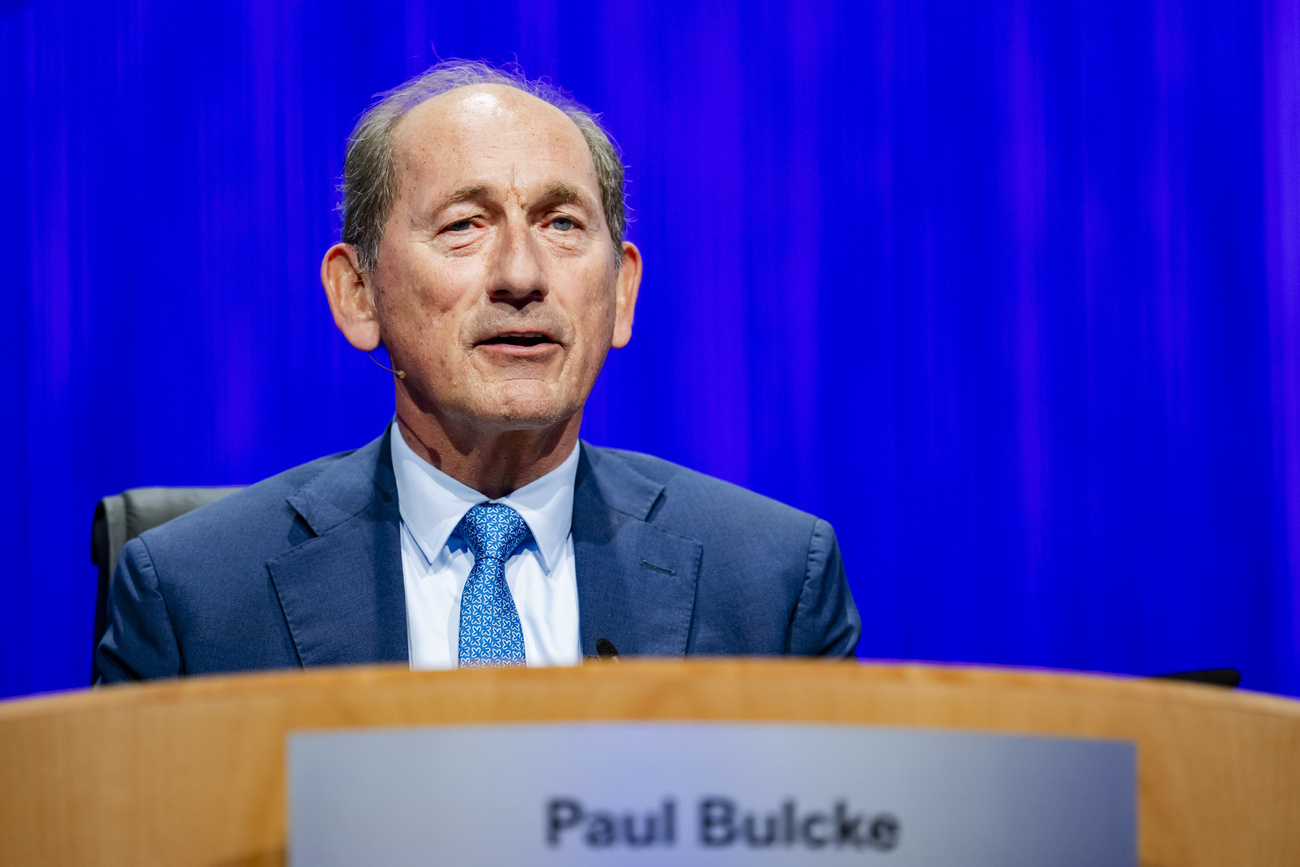




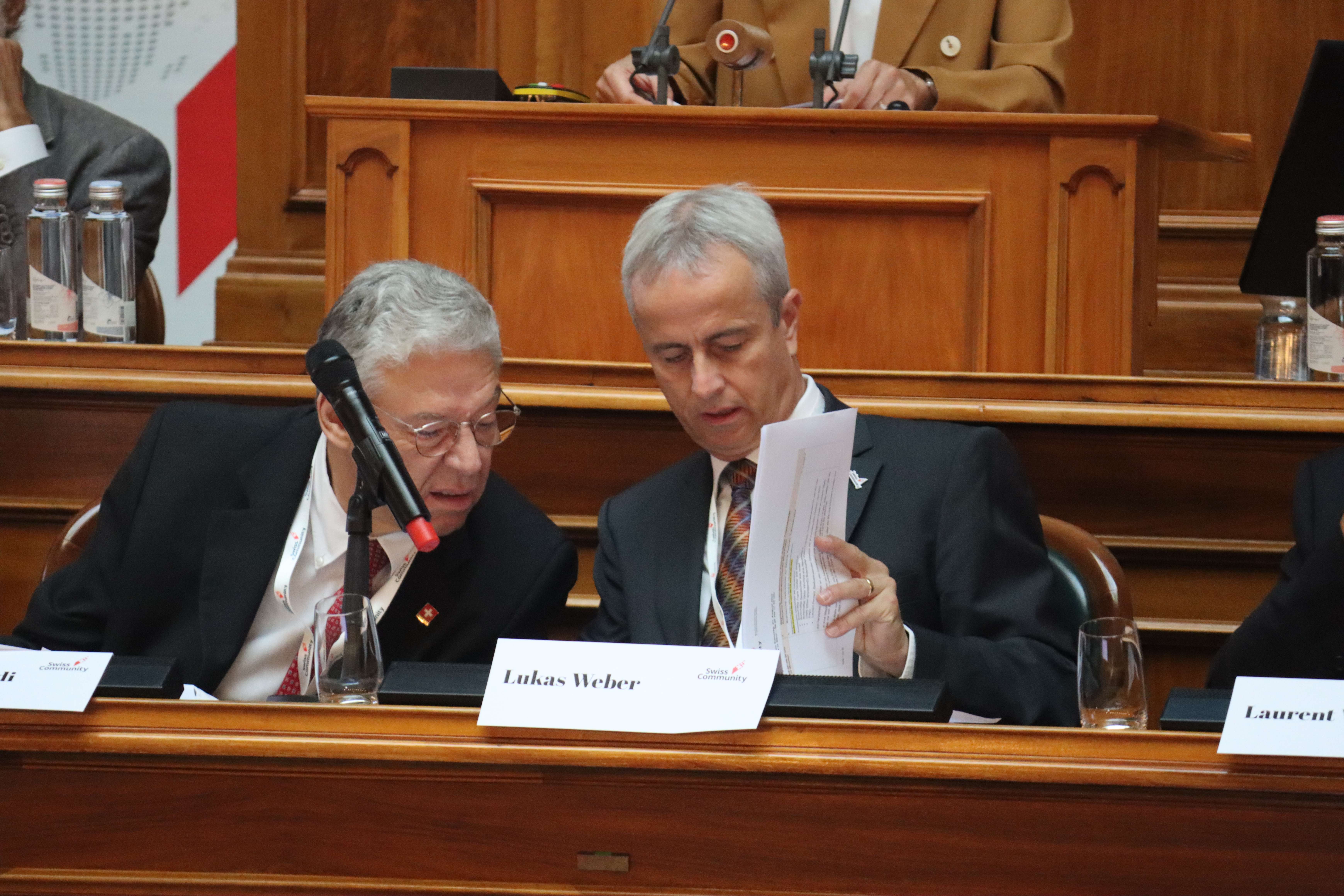
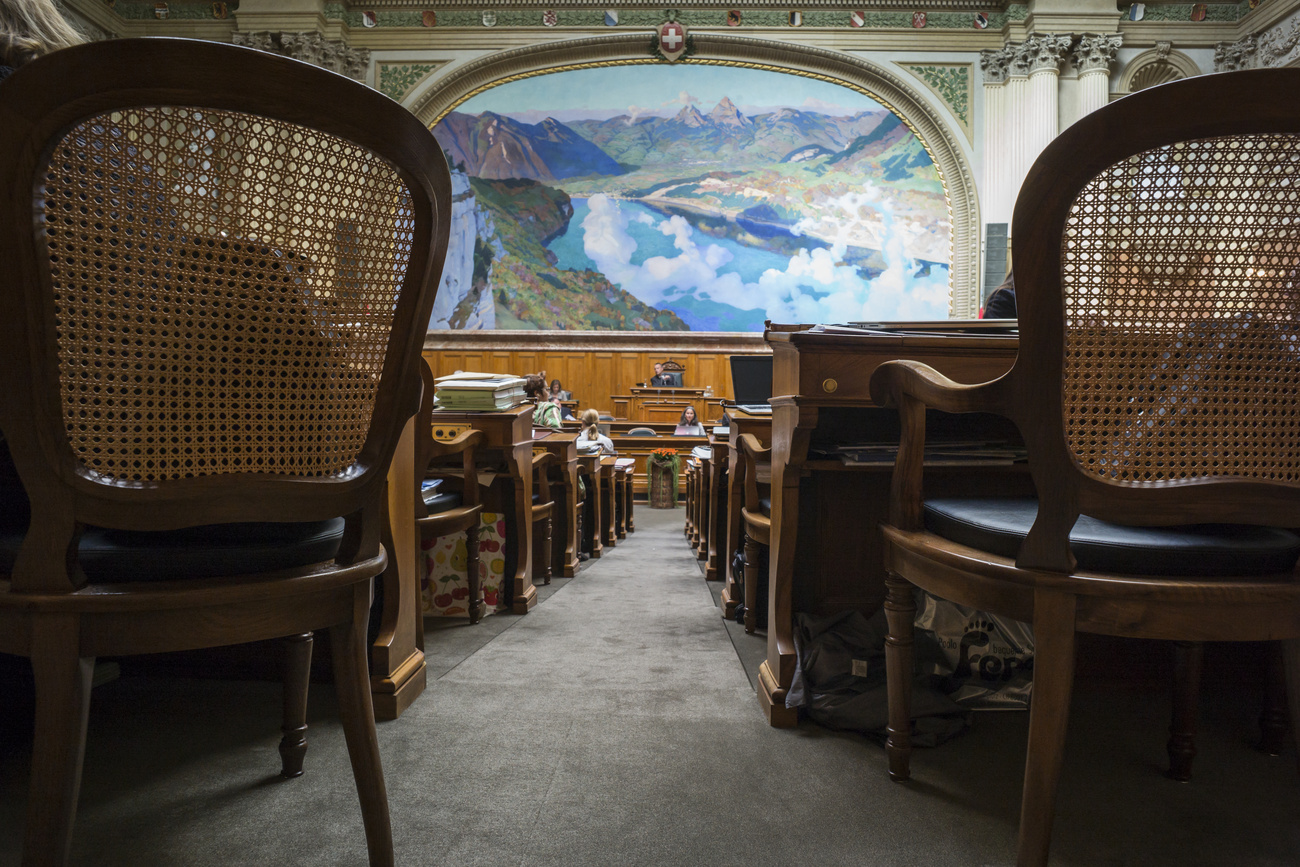





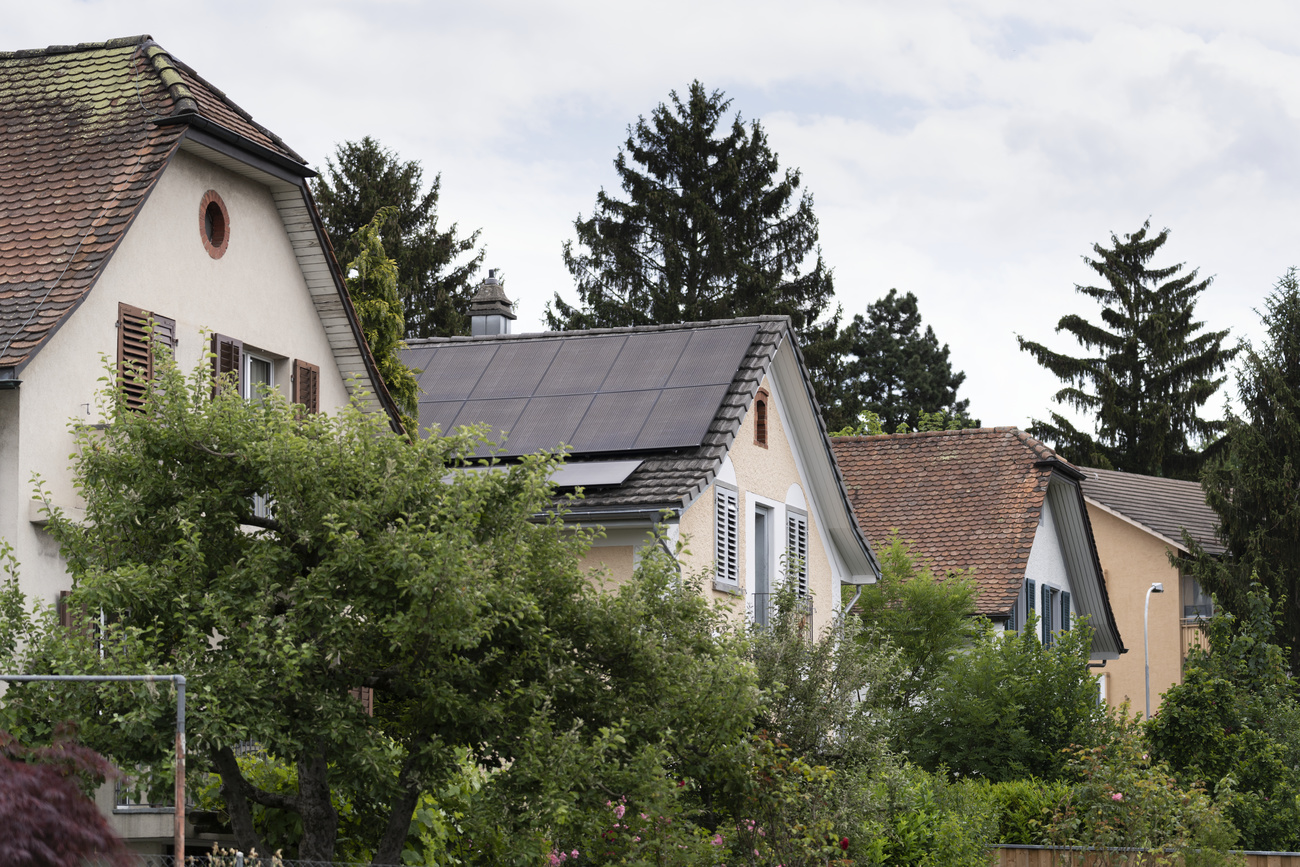



You can find an overview of ongoing debates with our journalists here . Please join us!
If you want to start a conversation about a topic raised in this article or want to report factual errors, email us at english@swissinfo.ch.